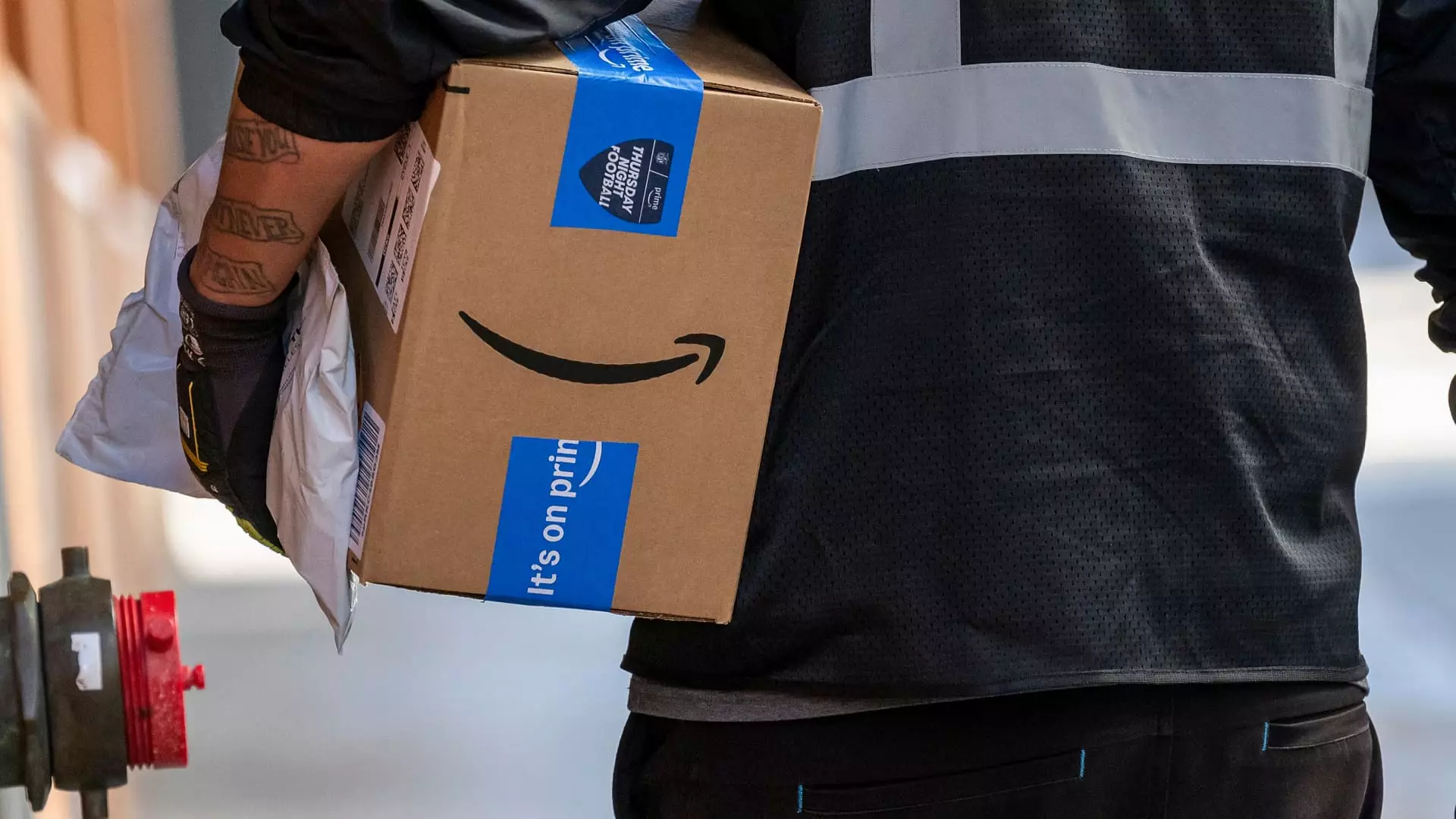On Thursday, Amazon announced an intriguing new venture aimed at Health Care accessibility for its Prime members. In an effort to bolster its position in the increasingly competitive telehealth marketplace, the company is unveiling fixed pricing models for various treatments, including erectile dysfunction and men’s hair loss. This announcement coincided with a notable drop in shares for competitors such as Hims & Hers Health, which plummeted by as much as 17%, signaling the market’s response to Amazon’s latest strategies.
Amazon’s approach emphasizes transparency and easy access to telehealth services. According to their blog post, Prime members can now view the costs associated with consultations and treatments for five common health concerns before committing to a service. This user-friendly interface aims to simplify the healthcare experience for patients. Among the services offered, anti-aging skin care treatments start at a mere $10 per month, while options for erectile dysfunction and men’s hair loss are priced at $19 and $16 monthly, respectively. Such competitive pricing is designed not just to attract a larger customer base but to foster loyalty among current Prime members.
The recent development builds on Amazon’s previous acquisition of One Medical in July 2022 for approximately $3.9 billion. This integration allows Amazon to augment its telehealth offerings and provide comprehensive treatment for over 30 common conditions. From sinus infections to pink eye, patients can now consult with healthcare professionals via video or messaging options, priced at $49 and $29 respectively. The convenience of receiving necessary medications through Amazon Pharmacy, which delivers straight to customers’ doors with the added benefit of discounted prices for Prime members, further differentiates Amazon from traditional and emerging healthcare providers.
Amazon’s endeavor into the healthcare sector is not entirely new. The company initially made headlines in 2020 with the launch of its online pharmacy, following the acquisition of PillPack two years earlier. They ventured into telehealth with Amazon Care, which ultimately did not materialize as intended, alongside a series of health-focused devices that have since been discontinued. These past experiences suggest a cautious optimism among stakeholders as Amazon seeks to stabilize and enhance its position in the healthcare market.
As Amazon gears up to implement these programs, the healthcare industry will watch closely to see how this corporate giant influences traditional healthcare models. By leveraging its vast Prime membership network, Amazon is attempting to shift the paradigm of healthcare delivery towards direct consumer interactions and lower costs. While it’s still early to assess the full impact of this initiative, one thing is certain: Amazon is poised to challenge existing healthcare services, redefining patient care experiences in the process.

